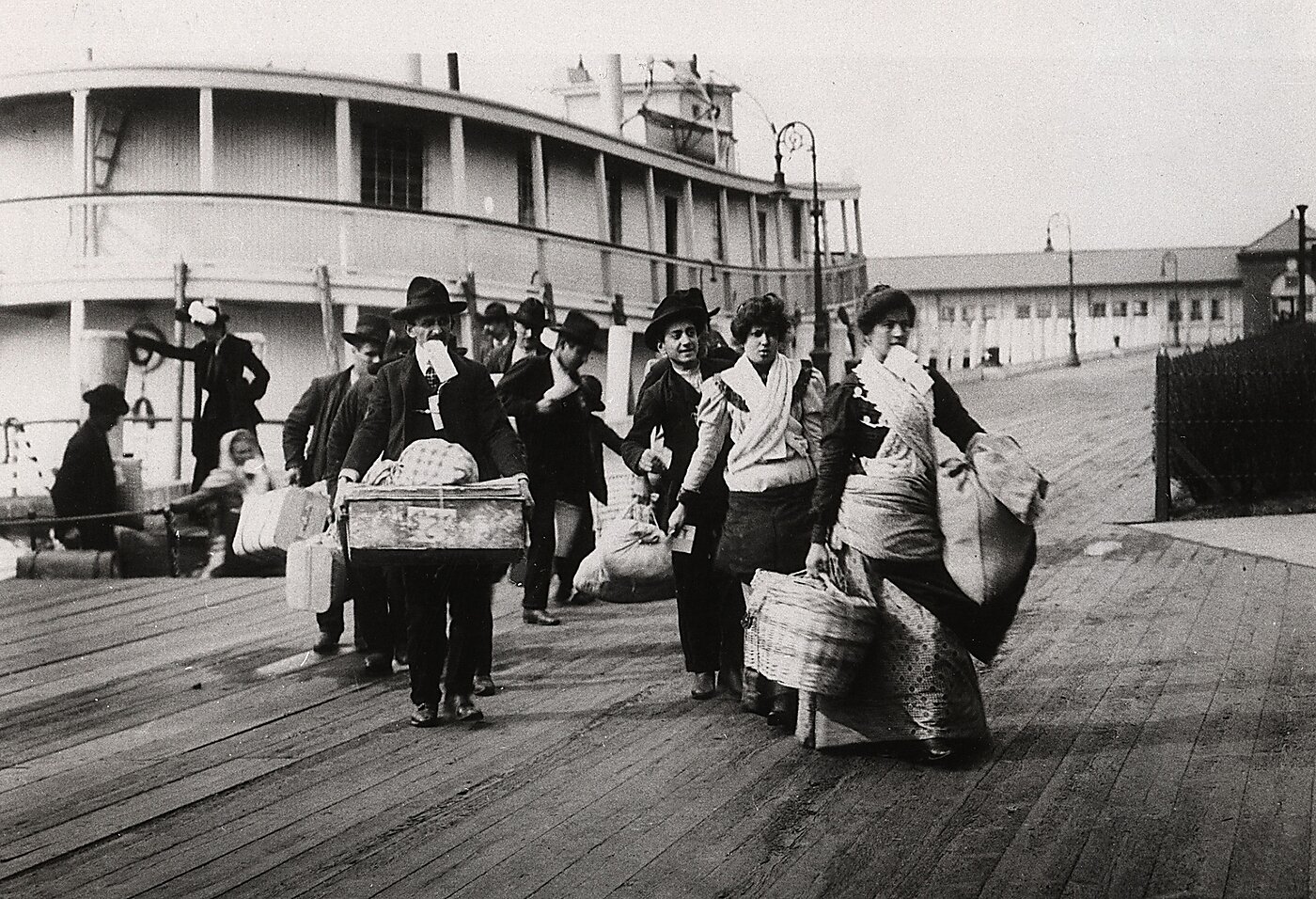America is often said to have two “foundings”: the first after the Revolution and the second after the Civil War with the abolition of slavery. These events were certainly momentous in our history, but there is a third “founding” that occurred in 1924—one that changed the future of America almost as much as these other foundings. Unlike the first two, America’s third founding was fundamentally illiberal, inspirational to Hitler, and a rejection of America’s first two foundings.
The third founding occurred on May 24, 1924, when President Calvin Coolidge signed the National Origins Quota Act, which imposed the first permanent cap on legal immigration. Prior to the 1924 Act, all would-be immigrants were presumed eligible to immigrate unless the government had evidence showing that they were ineligible. The 1924 law replaced this system with the guilty-until-proven-innocent, Soviet-style quota system that we have today.
No law has so radically altered the demographics, economy, politics, and liberty of the United States and the world. It has massively reduced American population growth from immigrants and their descendants by hundreds of millions, diminishing economic growth and limiting the power and influence of this country. Post-1924 Americans are not free to associate, contract, and trade with people born around the world as they were before.
The legal restrictions have erected a massive and nearly impenetrable bureaucracy between Americans and their relatives, spouses, children, employees, friends, business associates, customers, employers, faith leaders, artists, and other peaceful people who could contribute to our lives. It has made the world a much poorer and less free place for Americans and people globally, necessitating the construction of a massive law enforcement apparatus to enforce these restrictions.
As shown in Figure 1 from my recent paper, America approved nearly all immigrants seeking to become legal permanent residents prior to 1924—98.1 percent. However, a backlog developed once the first temporary caps were imposed in 1922, causing the approval rate to plunge. The 1924 Act and its successors sealed off America to most immigrants permanently. Every year since, fewer than half of the applicants have been approved. After the caps, the average approval rate dropped to just 16 percent admitted annually. In 2024, it will fall to just 3 percent.
The number of new legal immigrants as a share of the US population plummeted after 1924, and it has only slowly recovered. If the United States had granted legal permanent residence at the same per-capita rate that it did from 1900–1914—before World War I disrupted travel—another 164 million immigrants would have been permitted to settle in the United States legally. Many of these immigrants would have ultimately returned to their home countries, as they did in great numbers even before airlines shrank the globe. Easier travel would likely have caused the rate of immigration to increase after World War II.
With far more immigrants, the US-born population would have swelled as well. It is plausible that the United States would be twice its size today if immigration had continued. The United States would not have lost nearly as much diplomatic, social, and market influence to China and other countries in recent years if its economy and consumer base were twice as large as they are now. The larger population would mean a larger economy and more production of goods and services to benefit all Americans.
A century of freer immigration would have made the United States a vastly wealthier, freer, stronger, and more powerful country, while also raising hundreds of millions globally out of poverty and freeing hundreds of millions more from tyranny. The implications are too massive to summarize quickly, but Cato’s Alex Nowrasteh has written an excellent alternative history, exploring some less obvious implications for US and world history had immigration not been cut off.
Contrary to much of the commentary commemorating the 1924 act that claims it was “repealed” in 1965, the Immigration Act of 1924 established all the essential features of our current system: a presumption against legal immigration, a low overall cap, country-by-country caps, and a preference for family unity. The system has produced huge quantities of illegal immigration since then, resulting in about 56 million arrests by Border Patrol.
Indeed, the only reason that the immigrant share of the US population has recovered is due to the decades of illegal immigration combined with a low birth rate—not a liberal legal immigration system. In fact, many immigrants who now have since received legal status (through legalization programs or other programs) are only here because they chose to violate these onerous restrictions. People shouldn’t have to violate the law to join our society and contribute to our country.
There was nothing inevitable about this strange system. It was a choice to make immigration illegal. It is a choice to keep it illegal. America should reject its un-American third founding and restore the laws governing immigration to the ones our founders gave us: a presumption of liberty. A century of arbitrary immigration restriction is too long.

